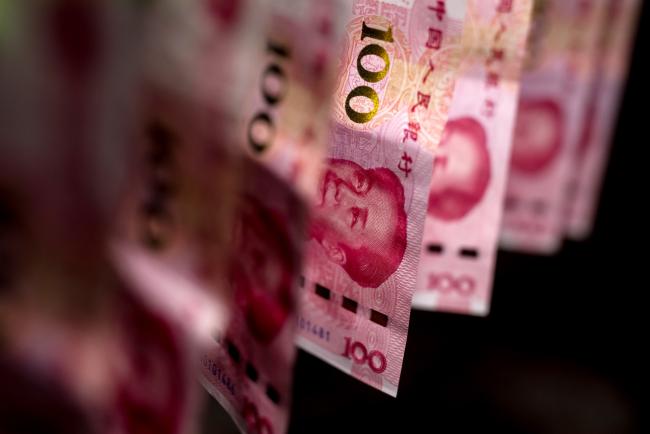(Bloomberg) -- China’s stocks rebounded and the yuan fluctuated before the U.S. raised tariffs on $200 billion worth of Chinese imports.
The Shanghai Composite Index climbed 1.5% at the mid-day break, just before the new tariffs kicked in, with volume 32 percent lower than the 30-day average. The gauge is on course for a weekly loss of 6%, the steepest in almost seven months. Hong Kong-traded shares were also higher.
The offshore yuan fluctuated after rising as much as 0.29%. The currency has already busted through its 200-day-moving average this week, en route to the 6.9 per dollar level that it hasn’t touched all year.
“The market was oversold in the past four days in both mainland and Hong Kong," said Louis Tse, Hong Kong-based managing director at VC Asset Management Ltd. “You can’t say investors are turning optimistic now, but since the trade talks are continuing there is some sense of ease. The market deserves a rebound."
The Trump administration’s tariff hike on $200 billion of Chinese goods to 25% from 10% took effect Friday. Traders were caught off guard by the U.S. president’s threats earlier in the week, rushing to protect against further losses in the yuan after the currency suddenly sank the most in more than three years. Overseas investors have been fleeing China stocks at a record pace.
The central bank set the yuan fixing at 6.7912 per dollar, stronger than forecast by analysts and traders surveyed by Bloomberg. Pressure on the yuan came from the country’s banks on Thursday, according to traders, who said their proprietary desks were the most active sellers.
Investors are watching for developments after Trump insisted it was still possible to reach a deal this week and said he may hold a phone call with his Chinese counterpart, Xi Jinping. Delegations from the U.S. and China are in Washington for the latest round of talks.
